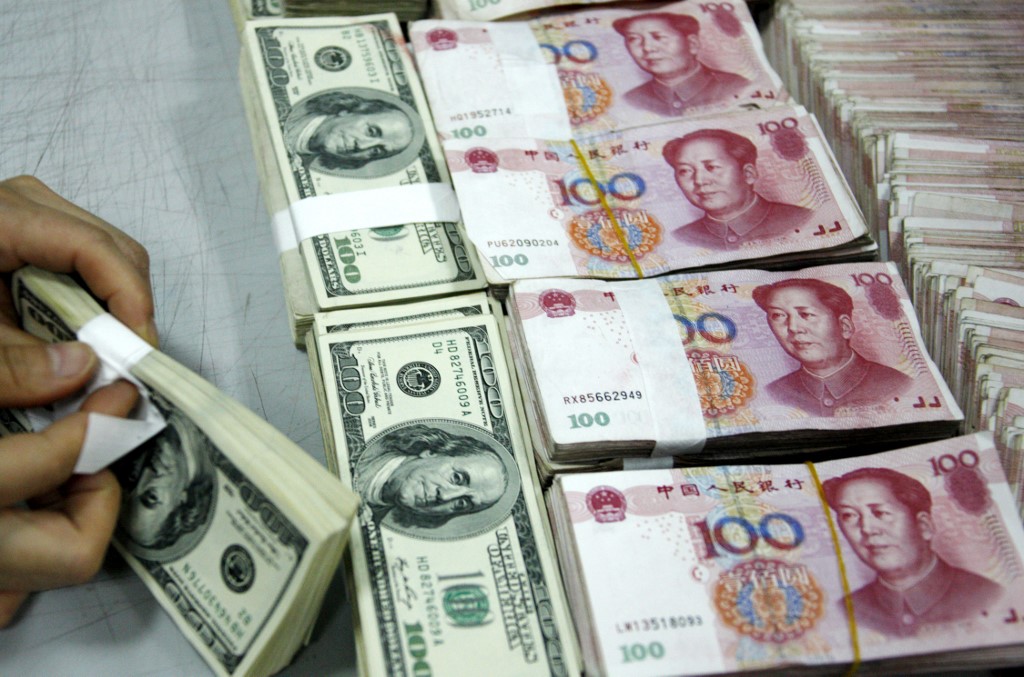(ATF) Virus cases are surging in US hotspots Florida, Texas, Arizona and California and are making a comeback in New Jersey and New York, where the end of pandemic conditions appeared in sight.
The daily case increase across the US was 35,695 on Tuesday. New cases globally are showing no sign of attenuation.
The New York Times reported on Tuesday that the EU will most likely permit no US summer travel to its jurisdiction, lumping the US with Brazil, Russia and India as basket cases as opposed to China and other East Asian nations.
Under the circumstances, even as there’s some improvement in US economic data, the sustainability of recovery is thrown into renewed doubt as, of course, is the viability of the Wall Street bull market.
While several months ago bad virus news helped the US dollar, which is regarded as a safe haven, that picture has changed drastically. On the dollar index (DXY), the greenback has declined from a March 20 high to the current reading of 96.7120. Currency markets now look at expected relative economic performance between the US on one side and the EU and East Asia on the other and are pushing the dollar down.
The euro is near a yearlong high, trading at 1.1305. The yuan (CNY) stands at 7.0711 and the offshore version (CNH) has climbed to 7.0622. The Peoples Bank of China (PBoC), forecasting the trend, set yuan parity at 7.0555 this morning, the strongest since April 15.
That rate and the deflationary impulse a strengthening currency imparts are not necessarily PBoC preferences.
A strong currency and deflationary factory prices provide the central bank with the opportunity for further monetary easing and I expect the PBoC to be in the market for that as early as the course of that week.
Disappointed domestic bond investors will likely get some long awaited relief.
























